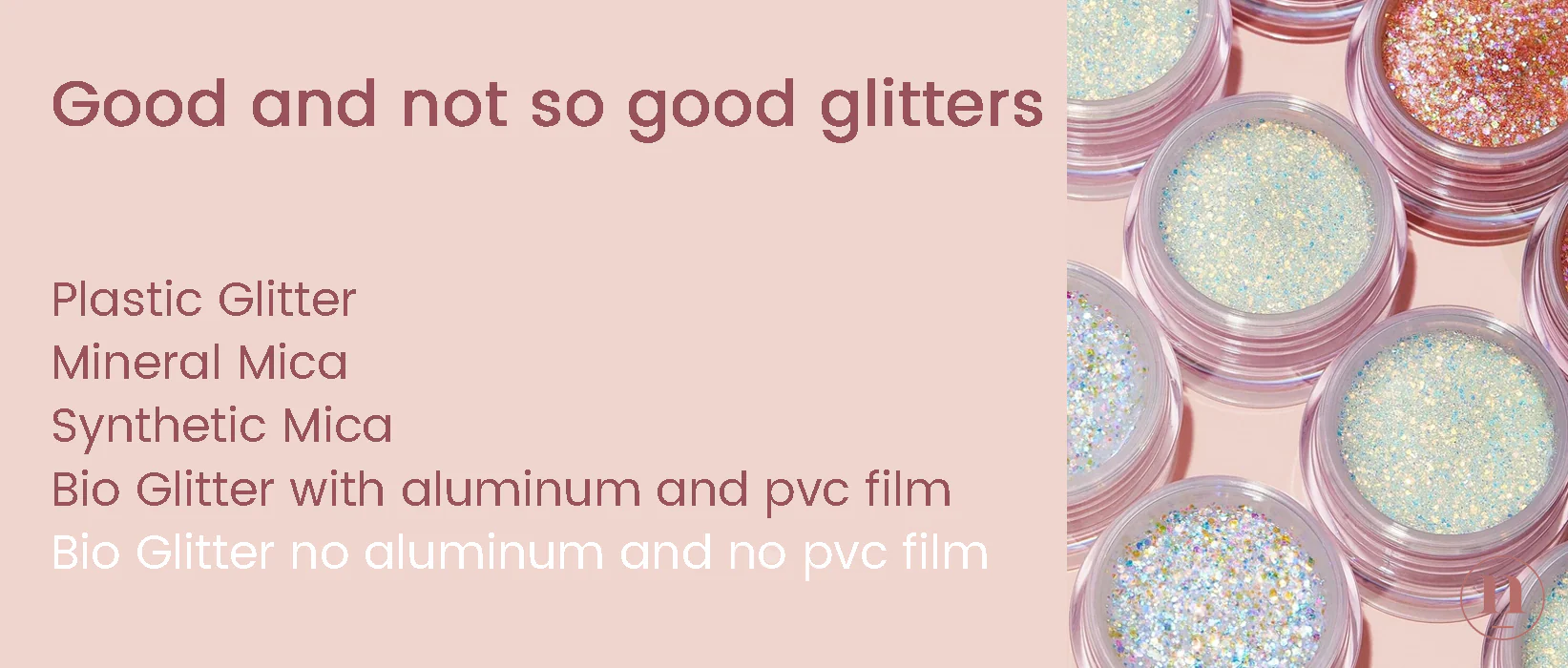
What are the benefits of azelaic acid?
It always amazes me that so many great ingredients in skincare rarely get the recognition they deserve. Don’t get me wrong, the ingredients you often hear about, like retinol, hyaluronic acid, and glycolic acid, deserve the spotlight, but believe it or not, there are still a lot of ingredients for your skin that you’re missing out on. Azelaic acid is one of those ingredients that works hard in the background, quietly but effectively. It’s time to take a look at this (relatively) unknown skin hero and learn what exactly it does for your skin and how it can help you achieve your skin goals. So if you want to get a better understanding of this acid and find ways to incorporate it into your daily skincare routine, stay tuned.
What does azelaic acid do for your skin?
Azelaic acid occurs naturally on our skin and can be sourced from grains like barley, wheat, and rye. You’ll often find it created in labs when formulating skincare products to enhance its effectiveness to achieve the skin results it’s so popular for.
Benefits of Azelaic Acid for Skin
Prevents and reduces breakouts like spots and acne
Helps visibly reduce red spots or discoloration that occurs after a breakout
Helps skin feel smoother overall
May help even out skin tone
Suitable for daily use on all skin types
Helps calm rosacea flare-ups
May help reduce skin sensitivity over time
This acid has been extensively studied, especially when used in prescription products at concentrations up to 15% and 20%. This percentage is for medical purposes and should only be used if a doctor has prescribed it for you. You will also find that some skin care professionals incorporate it into professional treatments. Therefore, it is important not to use any of these products at home without consulting a doctor or dermatologist. This will help you avoid unnecessary severe skin irritation or allergic reactions. There are some over-the-counter products that have lower levels of azelaic acid, but many skin care brands still use it sparingly. You may find that if it is not properly incorporated into the formula, the texture can become too grainy, which can cause skin problems.
If you have concerns about using products containing azelaic acid, it is best to consult a doctor or dermatologist first. However, in general, using products with around 10% or less of azelaic acid is a good starting point to incorporate into your daily routine and build up your skin’s tolerance.
Can Azelaic Acid Be Used Every Day?
Azelaic acid has the seal of approval from many dermatologists and is generally considered safe for daily use as part of your morning and night skin care regimen. People should be aware that this acid can dry out and flake the skin. Therefore, it’s best to follow up with a serum or moisturizer that contains hydrating ingredients like hyaluronic acid and niacinamide. Once you’ve completed your morning routine, don’t forget to apply an SPF of 30 or higher (the higher the better) before you apply makeup for the day. By the way, you can use azelaic acid with AHAs, but I recommend using these products beforehand because they help the azelaic acid penetrate deeper into the skin without having to fight the barrier of dead skin cells that form on the surface of the skin.
How long does it take for azelaic acid to work?
If this is your first time using azelaic acid in your daily routine, after 6-8 weeks of consistent use and application, you’ll see an overall improvement in your complexion. Here are a few things to keep in mind before you try to apply it all over your skin, and what you can do to safely introduce it into your daily routine.
Always perform a patch test
Start at night by applying azelaic acid skincare to a small area on your forearm. Leave it on for 24 hours, and if there are no signs of irritation, apply a thin layer of the product to your entire face every night for a week. After this week, you can increase the amount to use once in the morning and once at night.
There will be a slight tingling sensation
You may notice that your skin starts to sting after applying azelaic acid to your skin. This is completely normal. If it becomes too uncomfortable and painful, rinse it off your skin immediately!
Expect your skin to turn pink!
If you notice your skin turning pink or showing signs of redness, this is also completely normal. It just shows that the acid is working its magic and rejuvenating the skin.
Apply it all over your skin.
Avoid sensitive areas like the eyes, lips, and mouth, but don’t be shy and apply it all over your skin to fight bacteria, reduce active acne, and prevent future breakouts.
What shouldn’t you mix with azelaic acid?
Although azelaic acid works well with AHAs like glycolic and lactic acid, many advise against combining it with the popular BHA salicylic acid. This is mainly because the skin can become too dry and irritated as the two acids stacked on top of each other can be too much for the skin. However, if you want to use both of these powerful ingredients together, you can alternate between them in your evening routine throughout the week.
Should I Stop Using Azelaic Acid?
If you experience any of the following side effects, stop using azelaic acid:
Severe burning
Stinging or warm sensations
Severe itching
Severe redness in the form of bumps or hives
Peeling skin
Severe irritation
If you are extremely concerned and experience any of these side effects, call your doctor as soon as possible.
Hopefully, you now have a better understanding of the benefits of azelaic acid and how to incorporate it into your daily routine. Don’t forget to follow us on Instagram if you have any questions or want to join in the skin chat.


